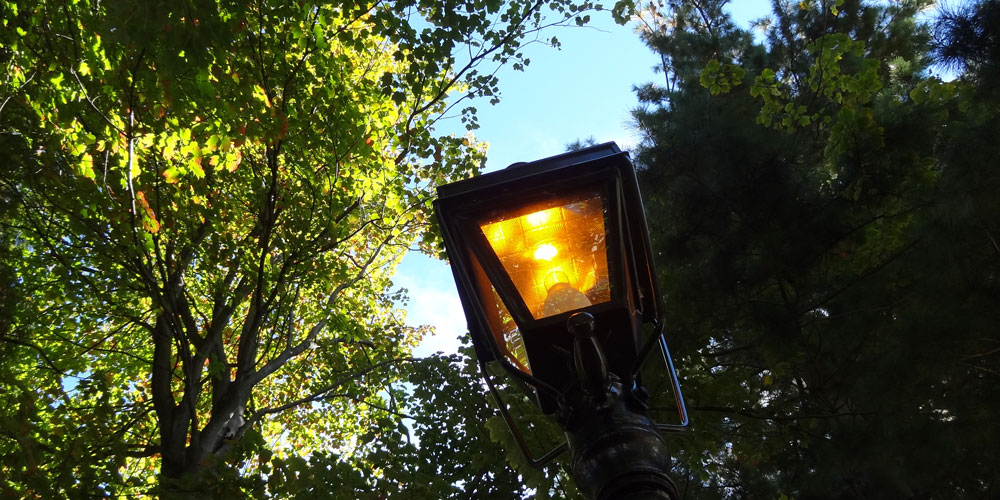
The state is finally going to start paying for streetlights on its own roads.
One long-time wish list item from Rhode Island cities and towns has been for the state to start taking ownership of the fixtures that illuminate roads the state owns, and it is now doing so. Of course, with new lighting technology, the savings to municipalities won’t be huge by local-budget standards (averaging a little more than $20,000 per city or town), but it has long seemed like a common-sense change. It’s also a good lesson in how these things work:
… RIDOT is converting its own lights from high pressure sodium to LED. When fully converted these lights will give RIDOT a cost savings of $865,000 annually. RIDOT will then turn to the 14,000 lights that municipalities have on state roads. RIDOT has determined it can use the cost savings from its own LED conversion to acquire the 14,000 lights and maintain them provided that municipalities first convert them to LED. The anticipated cost to maintain those lights is approximately $845,000 annually. …
Municipalities must meet certain conditions for RIDOT to assume responsibility for their lights:
1. The municipality must have purchased the streetlights from Narragansett Electric (National Grid). 2. The lights must have been converted to LED at the cost of the municipality. 3. Ownership must be converted to RIDOT free of cost. 4. Any existing attachment agreements must be assigned to RIDOT. 5. If the municipality has any third-party agreements for maintenance and upkeep, RIDOT will not assume those. 6. Lights must be free of any and all encumbrances. 7. RIDOT will not assume responsibility for floodlights serving property not owned by RIDOT. 8. All streetlights must be inspected to ensure they are in good working order. 9. Each city or town council must approve the transfer.
So, though it may seem that lighting the state’s streets is obviously a responsibility of the state (like plowing and maintenance), until now, municipalities could only put that request on the special-interest request list. With the lower-cost technology, the state has found a budget opening into which it can fit the request, but the change is still coming with costly requirements. In Tiverton, for example, the cost to convert lights on state and local roads (not including interest on the debt) was about a half-million dollars.
In this case, we can write it off as simply the messiness of government, at least ending up in the right place. However, the example does provide a lesson on the reason for keeping government activities limited, if only to reduce the number of special interests looking for budget openings to fill.
